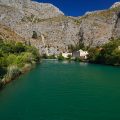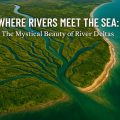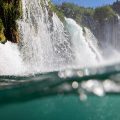Types of Wetlands Explained
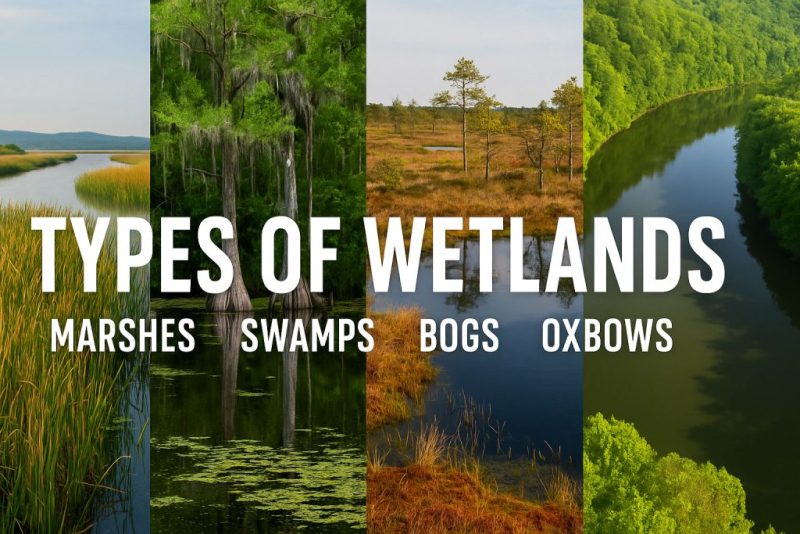
Explore the different types of wetlands—from marshes and swamps to bogs and oxbows. Learn their key features, examples, and ecological roles.
Wetlands come in many forms, but all share a common trait: water. From whispering marshes to shadowy swamps, the types of wetlands across the world are as diverse as the life they hold. Some are lush and open, others dark and forested. Some are shaped by rivers, others by rain. In this guide, we explore the main types of wetlands—marshes, swamps, bogs, fens—alongside vernacular terms like oxbow lakes and backwaters, revealing what makes each one unique, beautiful, and essential.
What Is a Wetland?
Wetland is the umbrella term for any land area that is saturated with water—permanently or seasonally. Wetlands include freshwater and saltwater systems, and their water can come from rivers, lakes, rainfall, or underground springs.
Wetlands fall into four main ecological types:
- Marshes
- Swamps
- Bogs & Fens
- Saline Wetlands
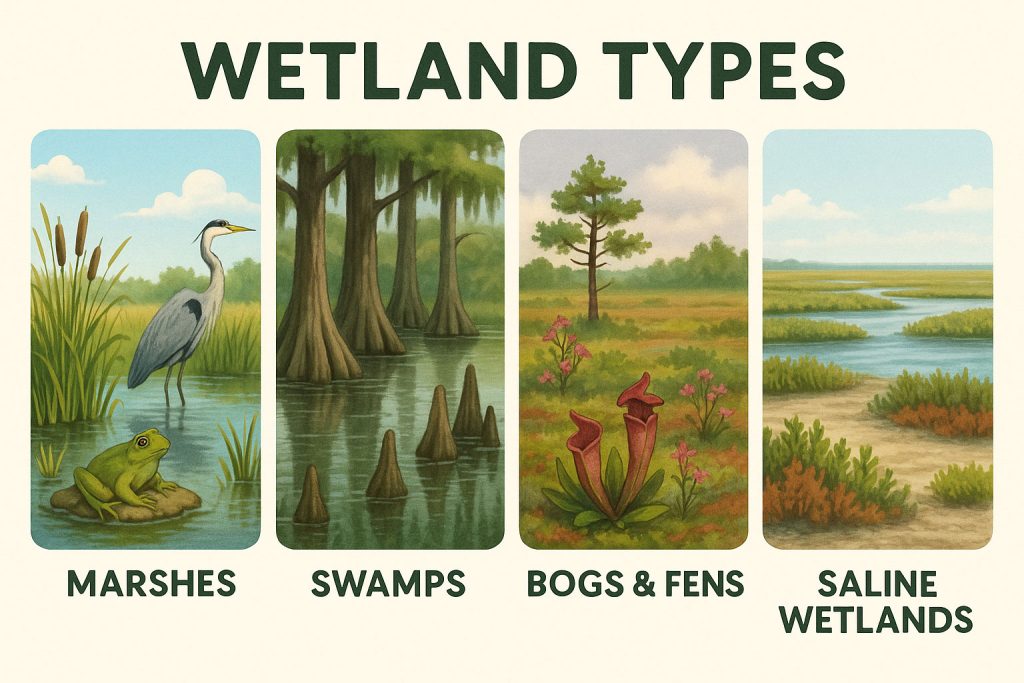
But across the world, you’ll hear other terms like oxbow, backwater, bayou, or vlei—some are true subtypes, others poetic vernacular born from local landscapes.
Marshes: Soft and Open
Marshes are wetlands dominated by herbaceous plants—think reeds, grasses, and sedges—rather than trees. They’re often found in river floodplains or near lakes and coasts.
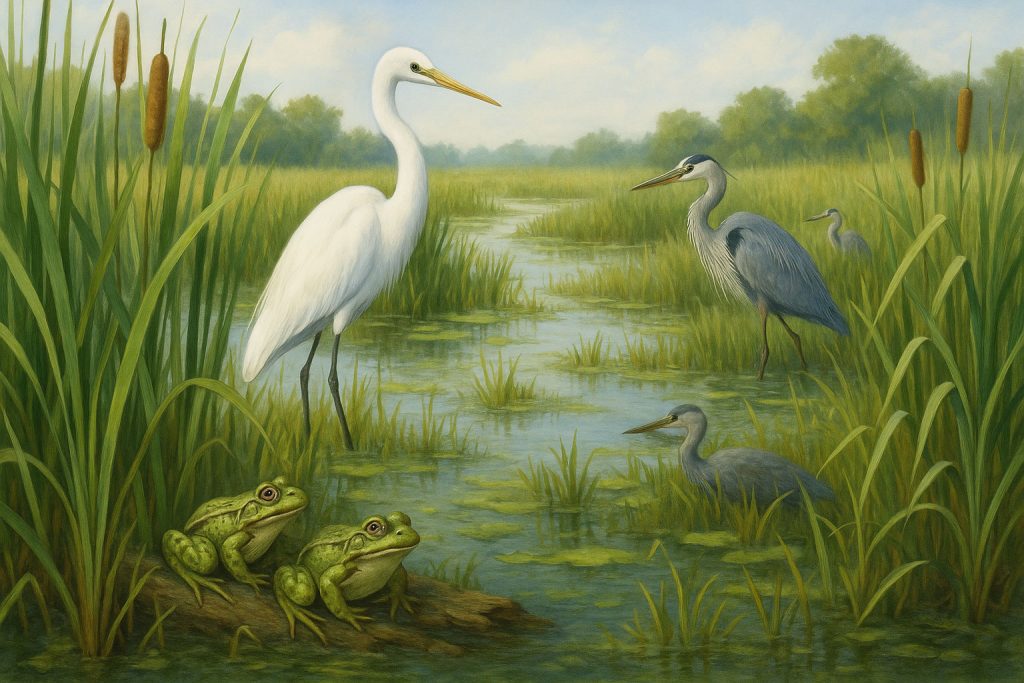
- Water: Shallow, slow-moving or standing.
- Vegetation: Cattails, bulrushes, grasses.
- Examples: Everglades (USA), Camargue (France), Pantanal margins (Brazil).
🪶 Marshes are birdwatcher paradises—rich in wading birds, amphibians, and fish nurseries.
Swamps: Wetlands with Trees
Swamps are forested wetlands where woody plants and trees dominate. They can be freshwater or tidal (saltwater swamps).
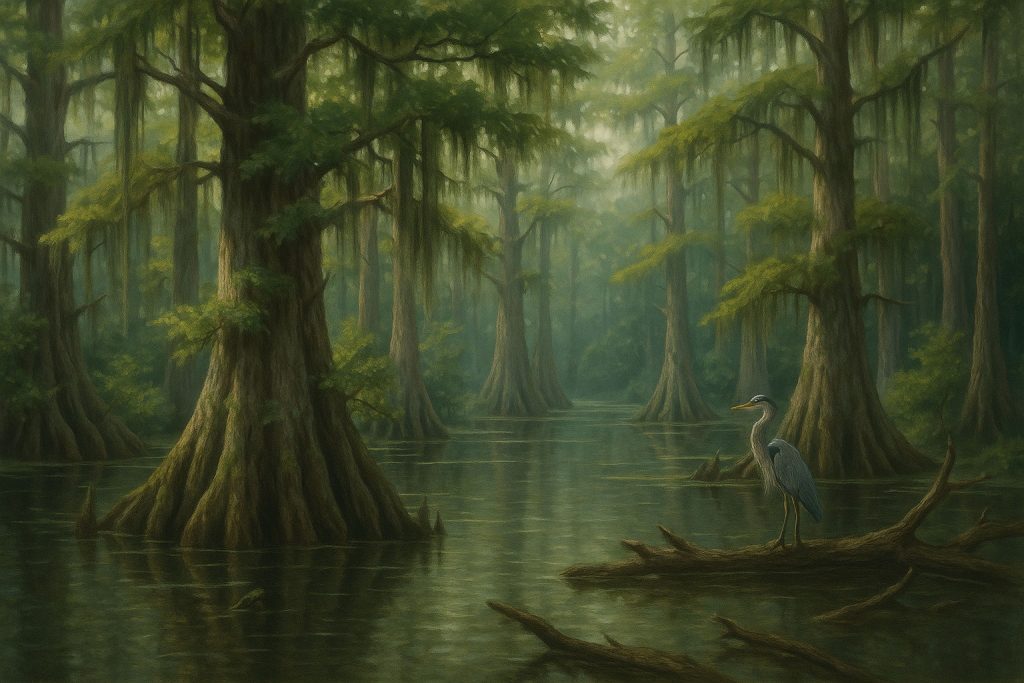
- Water: Standing or slow-moving.
- Vegetation: Bald cypress, mangroves, willows.
- Examples: Okefenokee Swamp (USA), Sundarbans (India/Bangladesh), Kakadu floodplains (Australia).
🌊 In swamps, water hides beneath tangled roots, and mystery lingers in the shadows.
Bogs: Acidic, Isolated, and Mysterious
Bogs are peat-rich wetlands fed almost exclusively by rainwater. They are low in nutrients and often acidic, home to carnivorous plants like pitcher plants and sundews.
- Water: From rain only, poor drainage.
- Vegetation: Mosses (especially sphagnum), heather, stunted trees.
- Examples: Peat bogs of Ireland and Scotland, Taiga bogs in Russia.
🧪 Bogs preserve ancient plant material—and even bodies—from thousands of years ago.
🌿 Fens: The Lush Cousins of Bogs
Fens are also peat-forming, but unlike bogs, they are fed by groundwater and surface water, making them less acidic and richer in biodiversity.
- Water: Mineral-rich groundwater.
- Vegetation: Sedges, grasses, wildflowers.
- Examples: Fens in the Netherlands, Alpine fens in central Europe.
🌼 Fens bloom with floral diversity and support rare butterfly and insect life.
Saline Wetlands: Where Rivers Meet the Sea
Saline wetlands are coastal wetlands influenced by saltwater—either directly from the ocean or through tidal mixing with river water in deltas and estuaries. These are dynamic zones where fresh and salt water dance together, creating brackish conditions that shape the entire ecosystem.
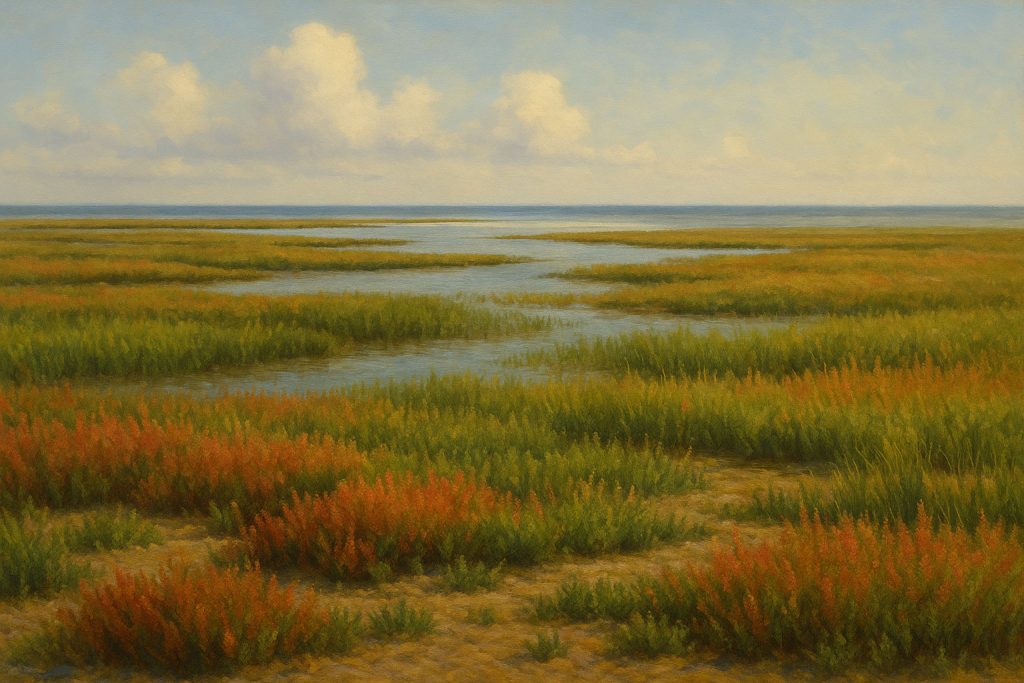
- Water: Brackish or saline, often fluctuating with tides or river flow.
- Vegetation: Halophyte plants like salicornia, cordgrass, and sedges that tolerate or even thrive in salty soil.
- Examples: Sundarbans Delta (India/Bangladesh), Mississippi River Delta (USA), Nile Delta (Egypt), and Mekong Delta (Vietnam).
🐚 These wetlands are among the most productive ecosystems on Earth—nurseries for fish and crustaceans, feeding grounds for migratory birds, and natural flood barriers that protect coastal communities.
In saline wetlands, life adapts to extremes—where salt crusts form on mudflats, fiddler crabs scuttle between mangrove roots, and herons glide low over glassy waters. It’s a place where the edge of the continent breathes.
Some Specific Forms of Wetlands
Oxbows: Old River Memories
An oxbow lake (or oxbow wetland) is formed when a meander in a river is cut off, leaving behind a curved, crescent-shaped pool.
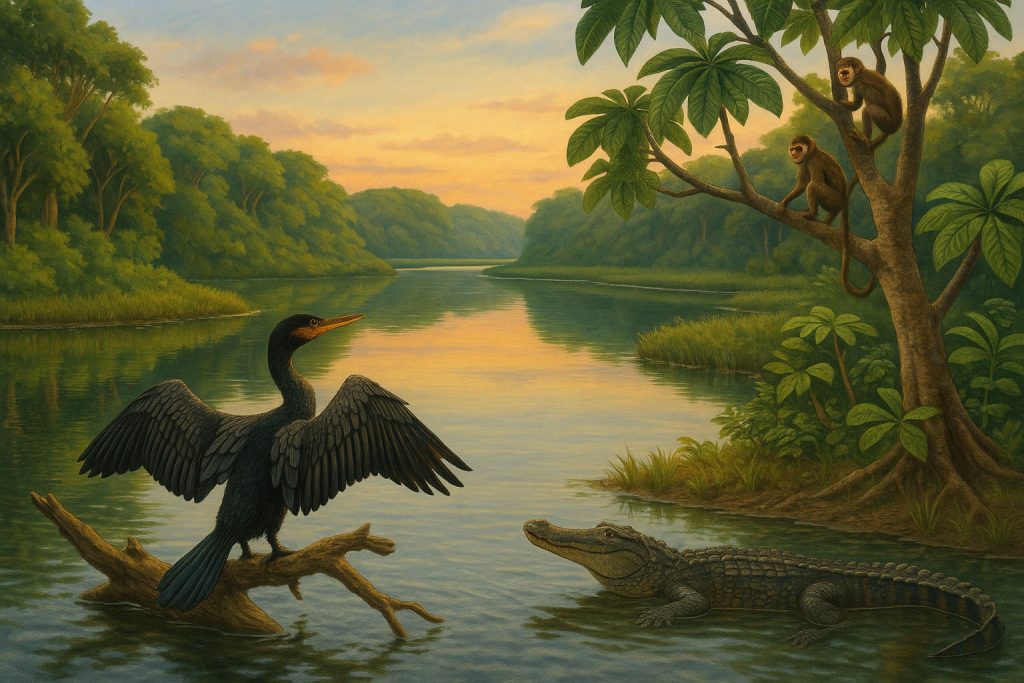
- Origin: Abandoned meanders.
- Water: Stagnant or slowly evaporating.
- Use: Often fertile, great for rice paddies or bird sanctuaries.
- Examples: Mississippi oxbows, Brahmaputra oxbows in Assam.
🌀 Oxbows are memory pools—etched in the geography of flowing rivers.
Backwaters: Calm Behind the Current
Backwaters are sections of rivers or lakes where the current is minimal or reversed, often due to a downstream obstruction or tidal influence. They often form as sidearms or abandoned branches of rivers—quiet offshoots where the main current no longer flows.

- Water: Still or gently flowing.
- Use: Fishing, traditional transport.
- Examples: Kerala Backwaters (India), Louisiana bayous.
🚣 Backwaters feel timeless—mirror-like waters where life floats by in canoes.
🛶 Other Vernacular Wetlands
Bayou (USA)
A slow-moving or stagnant waterway, often swampy. Common in Louisiana and Mississippi.
Vlei (Southern Africa)
A seasonal marshy area, which fills during rains and may dry up in dry seasons.
Polder (Netherlands)
Technically man-made, polders are reclaimed wetlands enclosed by dikes and carefully drained.
Moor (UK & Germany)
A general term often used for peaty wetlands, especially upland bogs and fens.
Why It Matters
Understanding wetland types isn’t just academic—it’s vital for:
- Conservation strategies (each wetland supports different wildlife)
- Climate resilience (peat wetlands store carbon; marshes buffer floods)
- Cultural heritage (many Indigenous communities thrive in wetland areas)
Final Thoughts: Water in All Its Forms
From the rippling reeds of a marsh to the haunted stillness of a swamp, wetlands are more than watery wastelands—they are the beating hearts of their ecosystems. So next time you hear “bog” or “backwater,” don’t dismiss it. It might just be the lungs of the planet… breathing quietly beneath your feet.

